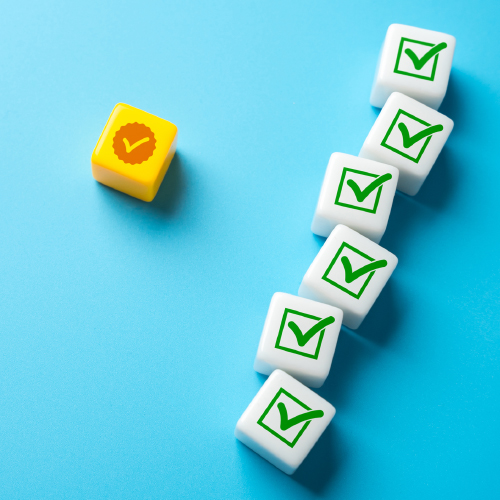
Take five minutes to evaluate depression symptoms.
The phq-9 (patient health questionnaire-9) is a self-evaluation to assess depression symptoms and monitor severity.
To learn more about treatment options, please contact our admissions team.
Forms of depression
There are several types of depression that differ slightly from one another. These include:

Persistent depressive disorder (AKA dysthymia)
is a depressed mood that lasts for a minimum of two years. A person who has been diagnosed with this disorder may have periods of major depression along with periods of less severe symptoms, but symptoms must last for at least two years to be considered a persistent depressive disorder.

Postpartum depression
is the experience of full-on major depression during pregnancy or after delivery. The sensations of extreme sadness, anxiety, and exhaustion that come with postpartum depression sometimes makes it difficult for new moms to complete daily care activities for themselves and/or for their babies.
Postpartum depression far more serious than what’s called the “baby blues” that some women experience after giving birth (a relatively mild depression and anxiety that typically clears within a couple of weeks after delivery).
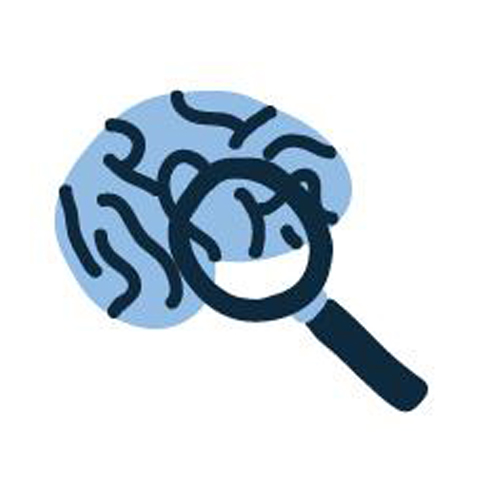
Psychotic Depression
happens when a person is suffering from both severe depression as well as some form of psychosis, including disturbing false fixed beliefs (delusions) or hearing or seeing upsetting things that others cannot hear or see (hallucinations). The psychotic symptoms typically have a depressive theme such as delusions of guilt, poverty, or illness.
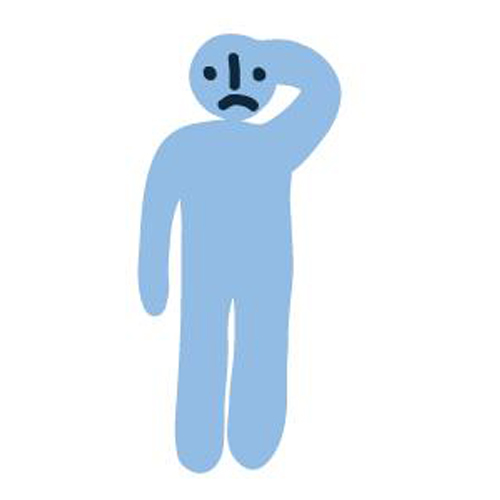
Seasonal affective disorder
is identified by the onset of depression during the winter months when there is not as much natural sunlight. This depression generally disappears during spring and summer. Winter depression, typically accompanied by social withdrawal, increased sleep, and weight gain, generally returns every year in seasonal affective disorder.
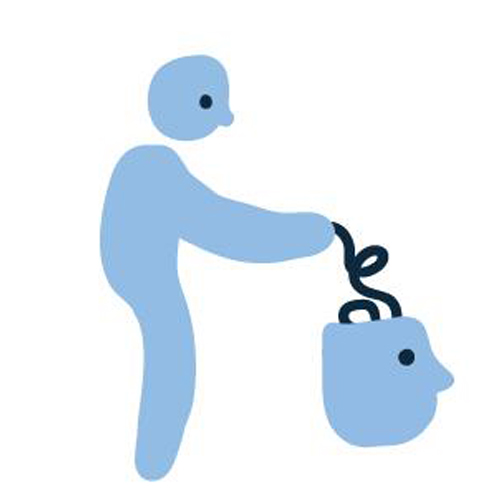
Bipolar disorder
is quite different from depression but is included because someone with bipolar disorder experiences episodes of extremely low moods that meet the criteria for major depression (called “bipolar depression”). A person suffering from bipolar disorder can also experience extreme high – euphoric or irritable – moods known as “mania” or a less-severe form that is called “hypomania.”
Examples of other types of depressive disorders newly added to the diagnostic classification of DSM-5 include disruptive mood dysregulation disorder (diagnosed in children and adolescents) and premenstrual dysphoric disorder (PMDD).
What causes depression
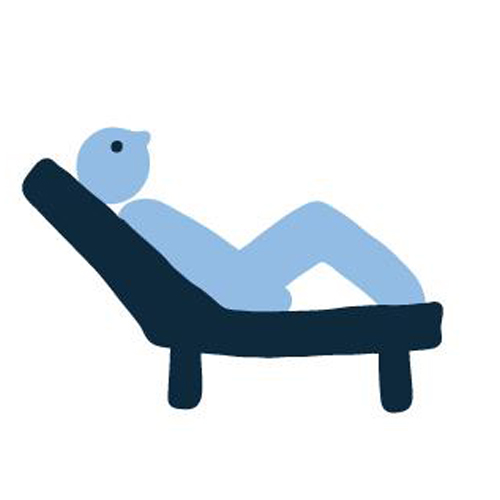
Biological differences.
People suffering from depression have undergone physical changes in the brain.
Brain chemistry.
Neurotransmitters are brain chemicals that presumably play a role in depression. Research shows that differences in both the use and effect of these neurotransmitters and how they interact with neural circuits that are involved in keeping mood stability may act as a significant role in treating depression.
Hormones.
When hormones are re-balanced, it’s assumed that it can either cause or trigger depression. Hormone changes can happen via a variety of reasons including pregnancy, thyroid problems, and menopause.
Inherited traits.
Depression can be found in people whose blood relatives also suffer from it. The gene responsible has yet to be identified.
How is depression treated?
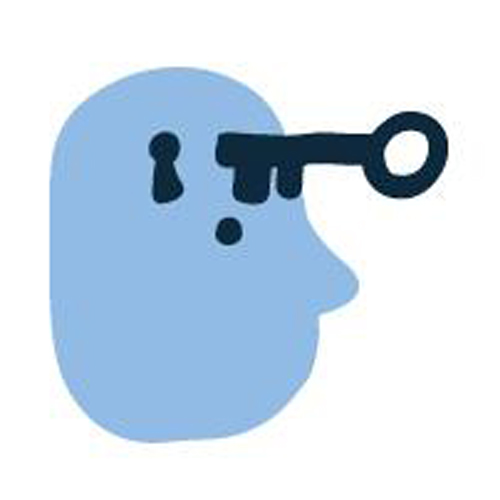
The first thing you should do in getting the right treatment is to visit a health care provider or a mental health professional – they include both psychiatrists or psychologists. Your health care provider can perform an exam, an interview, and various lab tests that rule out other health conditions that may have the same symptoms as depression. Once diagnosed accurately, depression can be treated with either medication, psychotherapy, or a combination. If these treatments do not reduce symptoms, brain stimulation therapy such as TMS may be another treatment option to explore.
Forms of antidepressants

Certain brain chemicals, that are known as neurotransmitters, relate in some way to depression — specifically serotonin, norepinephrine, and dopamine. Most antidepressants relieve depression by affecting these neurotransmitters. Each type of antidepressant affects these neurotransmitters in different ways. An estimated 13% of Americans age 12 and uptake antidepressants — a 65 percent increase from 1999 to 2014.
Other forms of treatment

Psychotherapy
Several types of psychotherapy (also called “talk therapy” or “counseling”) can help people with depression. Examples of evidence-based approaches specific to the treatment of depression include cognitive-behavioral therapy (CBT), interpersonal therapy (IPT), and problem-solving therapy.
Dialectical Behavioral Therapy – DBT
is a cognitive behavioral treatment that emphasizes individual psychotherapy and group skills training courses to assist people in learning new and useful skills and strategies to develop a life that they experience as worth living. DBT skills include skills for mindfulness, emotion regulation, distress tolerance, and interpersonal effectiveness.
Electroconvulsive Therapy – ECT
is now performed as an outpatient therapy. The patient is put under a brief anesthesia and given muscle relaxant.
Transcranial Magnetic Stimulation – TMS
uses a magnet to activate the brain. First developed in 1985, TMS has been studied as a treatment for depression, psychosis, anxiety, and other disorders.

